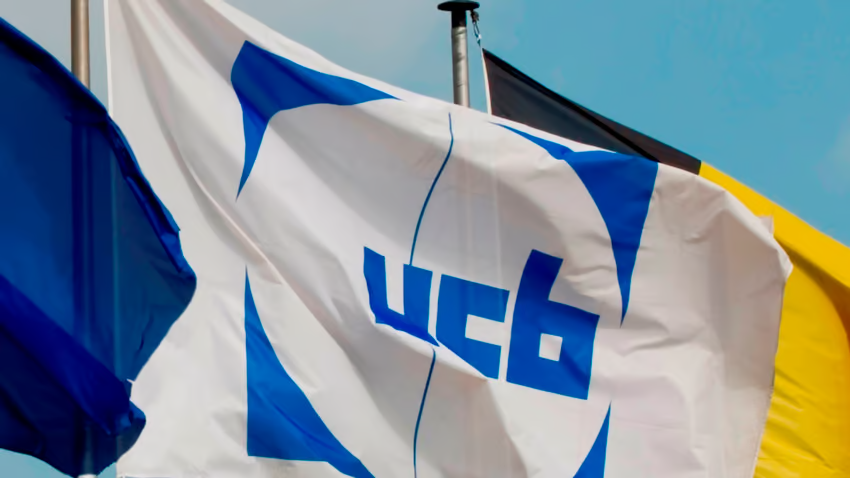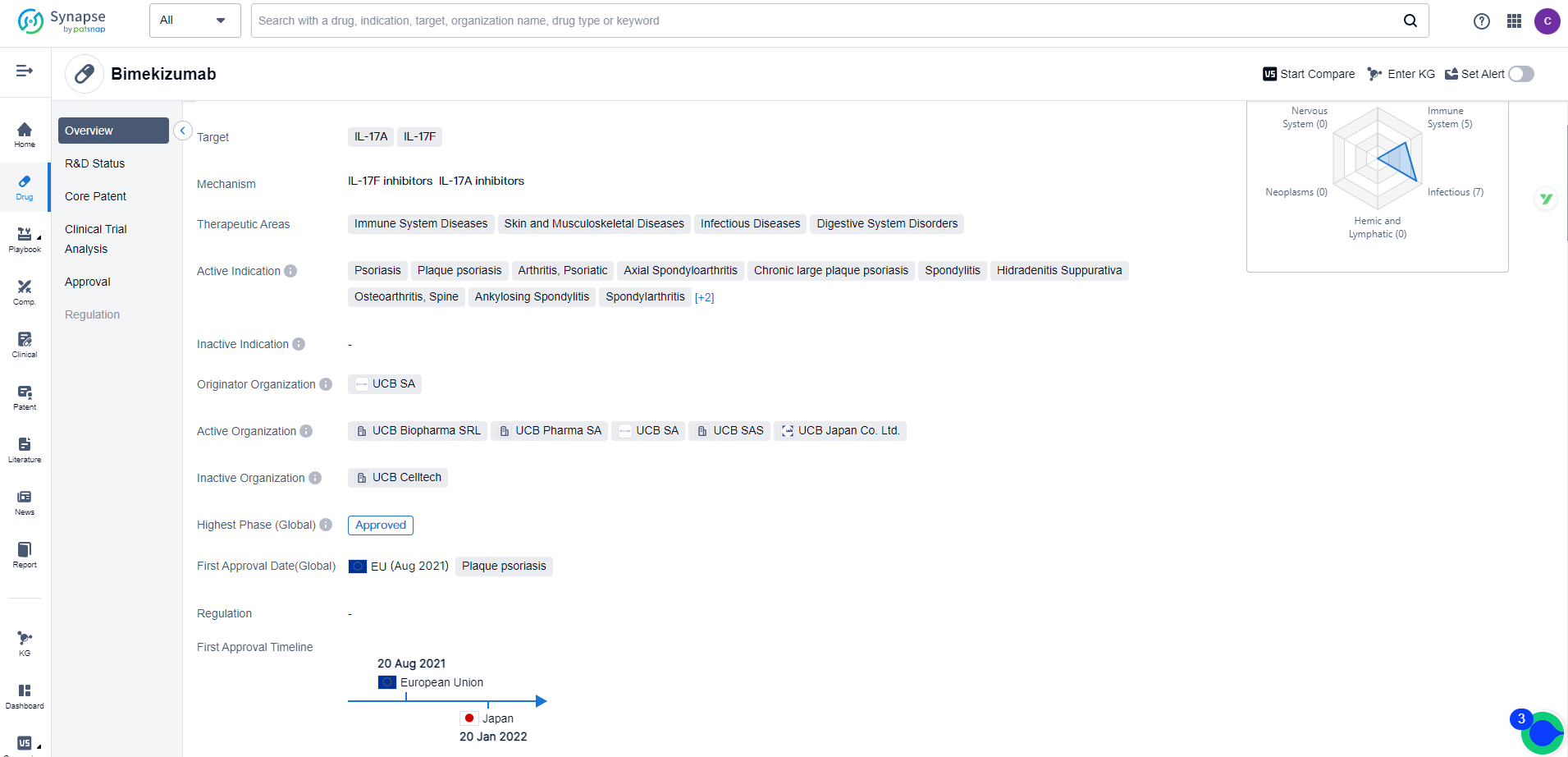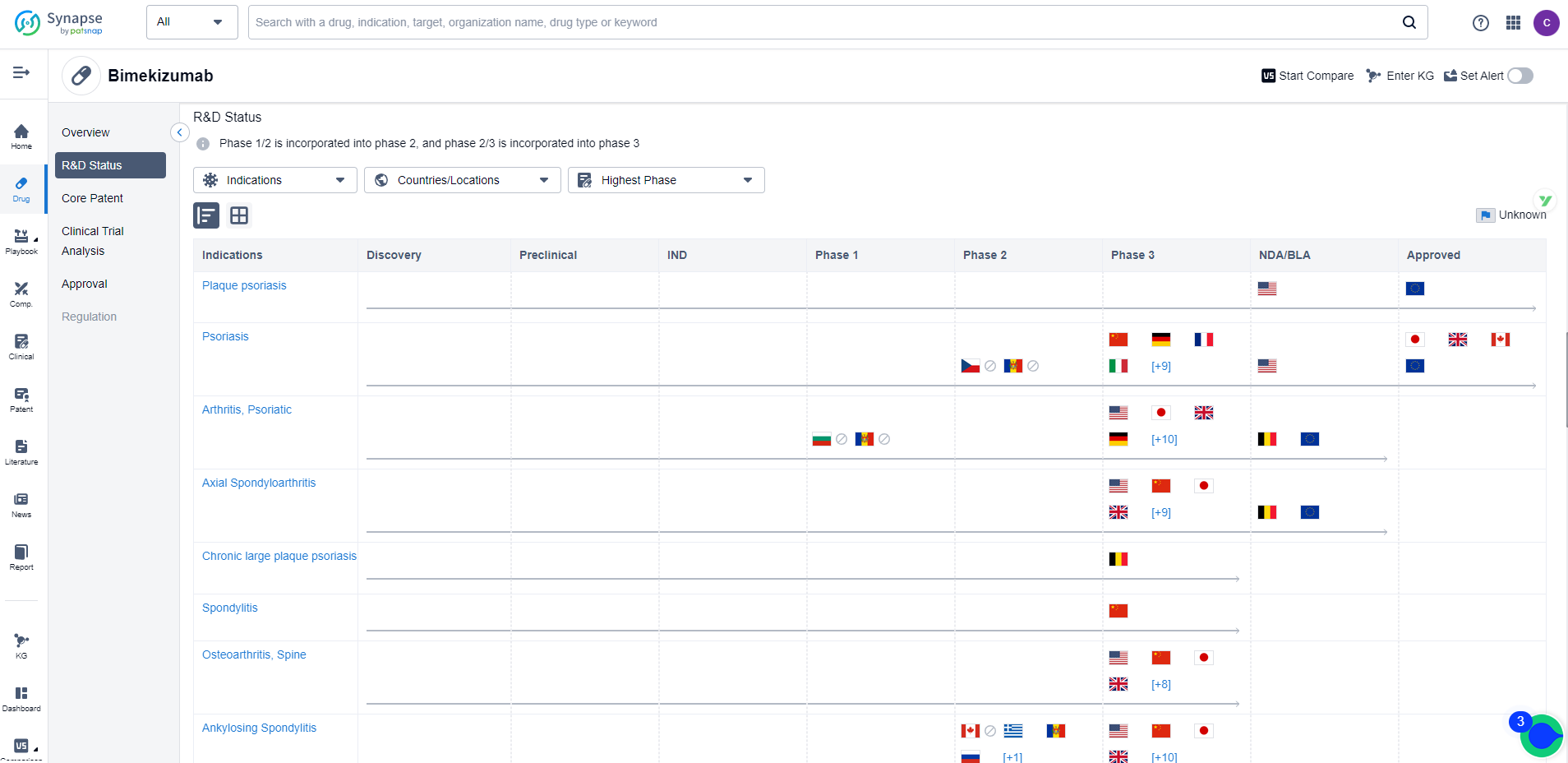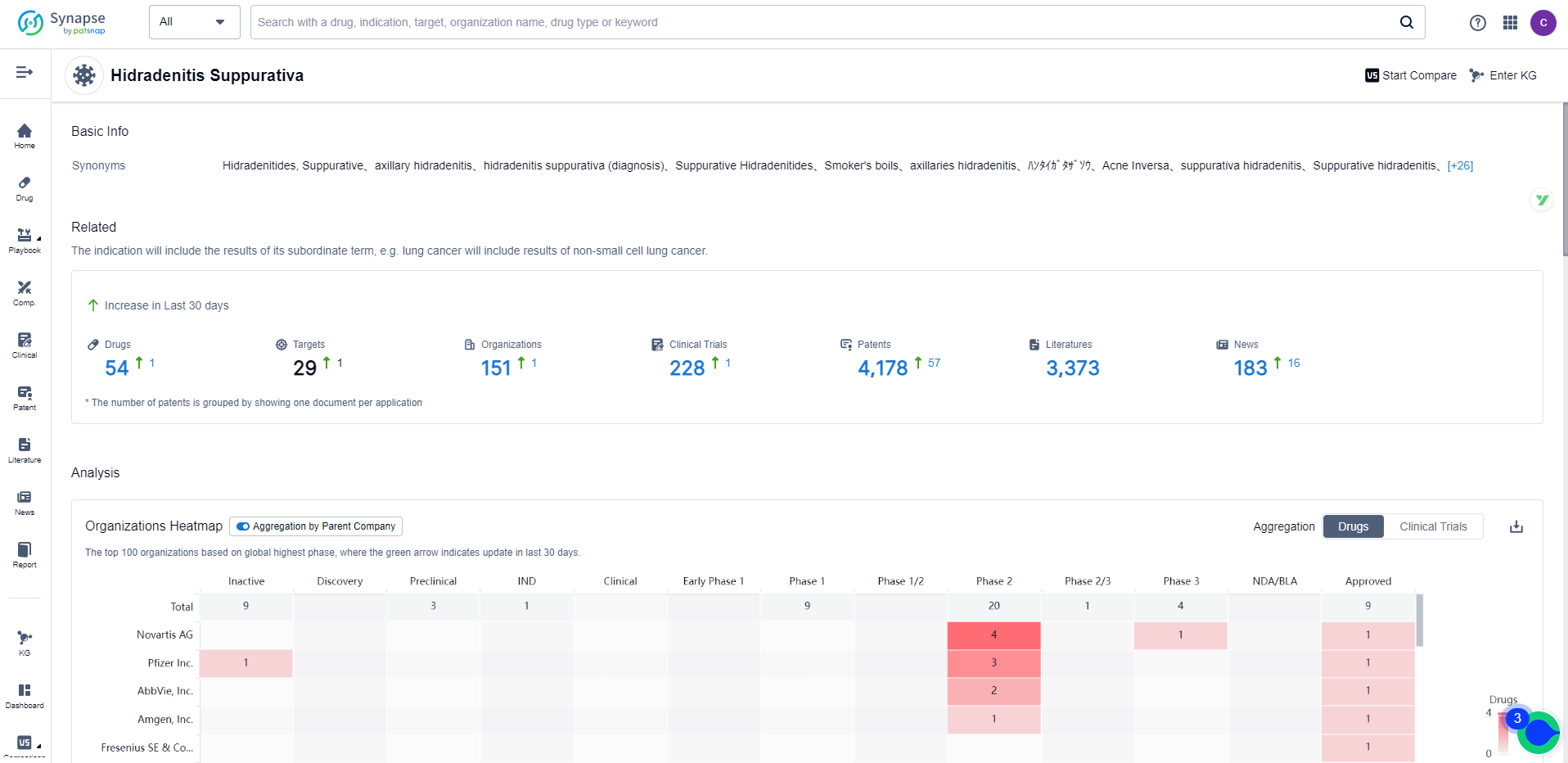预约演示
Unlimited potential for bimekizumab, awaiting FDA decision in psoriasis, UCB is looking ahead at a potential nod in hidradenitis suppurativa
2023-03-22
·
研发
·原创
抗体临床研究

Preview
来源: SYNAPSE
Recently, At the American Academy of Dermatology's annual meeting, UCB presented new data showing that results from two phase 3 trials testing the drug candidate in hidradenitis suppurativa held up through 48 weeks. In new 48-week data, more than 75% of patients maintained a 50% reduction in skin abscesses and inflammatory nodules in the studies. Around 55% of participants experienced a 75% reduction after 48 weeks of treatment. The longer-term data give UCB confidence to pursue a potential second indication for its drug. The company aims to begin submitting applications in moderate to severe hidradenitis suppurativa by this year’s third quarter, UCB said in a statement.
Bimekizumab
R&D Research Status
Bimekizumab is a monoclonal antibody drug that has shown promise as a treatment for a range of inflammatory conditions. Its mechanism of action involves inhibiting both IL-17A and IL-17F cytokines, which are implicated in the pathogenesis of several inflammatory disorders. Bimekizumab has been approved for the treatment of psoriasis, including chronic large plaque psoriasis, plaque psoriasis, and hidradenitis suppurativa, as well as for axial spondyloarthritis, spondylitis, ankylosing spondylitis, and rheumatoid arthritis. This broad spectrum of indications is a testament to the drug's potent anti-inflammatory properties. UCB SA is the originator organization of bimekizumab, which was approved by the European Union on August 20, 2021. As a monoclonal antibody drug, bimekizumab represents a promising new avenue for the treatment of inflammatory disorders.

Preview
来源: SYNAPSE

Preview
来源: SYNAPSE
About Hidradenitis Suppurativa
Hidradenitis suppurativa (HS) is a chronic inflammatory skin disease mainly affecting areas rich in apocrine glands. Its frequency is estimated to be 0.5-4% of the general population, affecting women more often. Pathogenesis of HS is still not clearly defined. It seems to be a combination of genetic factors with alterations in the skin microbiome. Furthermore, at tissue (i.e. skin) as well as at serum level, several inflammatory cytokines are upregulated. The most important of the latter are tumor necrosis factor (TNF), interleukin (IL)-1, IL-17, and IL-23.
Search the drug intelligence database:Synapse, a total of 54 drugs and 228 clinical trials were found for the treatment of Hidradenitis suppurativa. For this indication, the top three research and development organizations are Novartis, Pfizer and AbbVie, the major R&D targets are focused on TNF-α、IL-17A and JAK1. The top three types of drug development for this indication are Monoclonal antibody, Biosimilar, and Small molecule drug.

Preview
来源: SYNAPSE
If you’re interested in learning more about this space or keeping track of drug development and clinical trials, sign up for Synapse(synapse.patsnap.com), our freemium product offering.
药物
来和芽仔聊天吧
立即开始免费试用!
智慧芽新药情报库是智慧芽专为生命科学人士构建的基于AI的创新药情报平台,助您全方位提升您的研发与决策效率。
立即开始数据试用!
智慧芽新药库数据也通过智慧芽数据服务平台,以API或者数据包形式对外开放,助您更加充分利用智慧芽新药情报信息。





